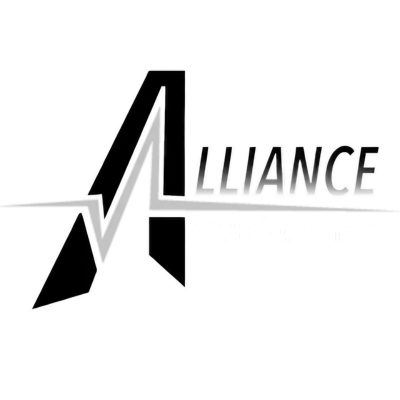
Is it Legal for My Neighbor to Move Property Survey Stakes or Corner Markers?
Property survey stakes—also known as boundary markers, corner pins, or property line markers—are placed by licensed land surveyors to define the official boundaries of a property. These markers are used to establish ownership limits, guide new construction, resolve property disputes, and support real estate transactions. Homeowners frequently encounter them when building fences, making improvements, or verifying land boundaries for legal or personal reasons.
Is It Legal to Move Property Line Markers?
In most states, including Texas, it is illegal to knowingly move, alter, or remove property survey markers. These boundary stakes are part of a legal survey and are protected by law. Interfering with survey monuments is considered a criminal offense under Texas Penal Code § 42.08, which treats the removal of landmarks or official markers as criminal mischief. Property corner markers are used in deeds and land records to define where one property ends and another begins—moving them can cause serious legal and financial consequences.
Why Would Someone Move a Survey Marker?
Sometimes neighbors, contractors, or even homeowners mistakenly move or remove property survey stakes thinking they’re old, misplaced, or in the way of new landscaping or construction. In other cases, neighbors intentionally move boundary markers to gain more land or avoid setbacks and easements. Regardless of intent, moving a corner pin or survey stake—whether it’s for fencing, building, or landscaping—is not only unethical but potentially illegal.
What Should You Do If a Survey Stake Was Moved?
- Take detailed photographs of the disturbed area, especially if a fence, tree, or construction project is underway nearby.
- Review your previous property survey documents, title report, or closing paperwork to confirm original boundary lines.
- Contact a licensed surveyor to re-establish your property boundaries with an updated boundary survey or residential property survey.
- Communicate calmly with your neighbor to avoid escalation. If needed, involve your title company or attorney to mediate the issue.
- In serious cases, report the issue to local law enforcement or your county assessor’s office.
The Importance of Survey Stakes in Property Ownership
Property survey stakes aren’t just helpful—they’re essential to land ownership. They play a critical role in fence installations, home additions, utility access, driveway placement, and more. A survey pin clearly marks where your legal rights begin and end, and misplacing one can open the door to disputes, lawsuits, or city code violations. That's why working with a licensed surveyor and protecting your markers is so important.
Can You Replace Property Corner Markers Yourself?
No. Only a licensed professional land surveyor can legally place or certify the location of property corner markers. While a homeowner may attempt to estimate boundary lines using a metal detector or fence line, these methods are not recognized by local permitting offices, title companies, or courts. To replace or verify property lines accurately, you’ll need a certified survey and legal documentation from a registered surveyor.
Protecting Your Property Rights
If you’re concerned about moved or missing survey stakes, don’t leave your boundaries to chance. Alliance Land Surveyors offers professional boundary survey services to help restore and verify your property corners with legally defensible accuracy. Contact us at (210) 369-9509 or email orders@alliancelandsurveyors.com for a free consultation today.
Need Help Confirming Your Property Lines?
If you’ve experienced issues with moved property corner markers, removed boundary stakes, or unclear lot lines, our licensed surveyors can help. We’ll review your situation, provide a clear explanation, and offer a professional solution tailored to your property.

